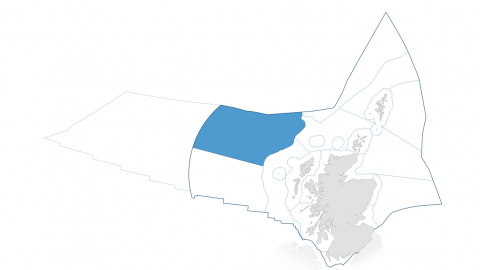The tables in this section reflect the output of the workshop (October 2019) when the pressures from human activities were assessed for the period 2014 to 2018 for the region. The summary text below the tables elaborates on some of the points that were made at the workshop.
This pressure assessment uses the FeAST classification which includes two abrasion pressures: surface abrasion & sub-surface abrasion. Some expert groups combined these as a single pressure "surface & sub-surface abrasion" whilst others focussed on using surface abrasion alone, hence there is a slight difference in handling for some regions.
The ranking of the pressures in terms of impact is a relative exercise within each region, and is not a statement of their absolute impact. Detailed comparison between regions on the basis of these relative pressure assessments is therefore not advisable.

Main pressures identified
| Priority [1] | Pressure (FeAST classification) [2] | Main healthy and biologically diverse components affected [3] | Main contributing FeAST activity /activities to pressure [4] | Associated productive assessments [5] |
|---|---|---|---|---|
| 1 | Physical change (to another seabed type) |
|
||
| 2 | Removal of non-target species (including lethal) |
|
||
| 3 | Removal of target species (including lethal) |
|
||
| 4 | Surface abrasion |
|
||
| 5 | Sub-surface abrasion/penetration |
|
Other pressures identified
Footnote: the ordering of entries is alphabetical and there is no prioritisation between the pressures.
Summary from workshop
The pressures identified as most significant in the Bailey offshore marine region (OMR) are related to mobile bottom-contacting fishing gears. The relative importance of the ‘physical change (to another seabed type)’ is due to the damaging effect of fishing on habitat forming species (which are typically slow growing and extremely fragile) known to occur within the OMR. Where damage has occurred, this is likely to have effected a change in habitat classification, elevating the ranking of this pressure above ‘surface abrasion’ and ‘sub-surface abrasion / penetration’.
The prominence of ‘removal of non-target species’ relates to the complex multi-species nature of demersal fisheries and the unavoidable capture of by-catch species. Fish stocks in the Bailey OMR are managed as single stocks, with the ‘removal of target species (lethal)’ pressure included as a consequence of bottom fishing. Fishing is the most extensive activity in this region and while not currently managed within an ecosystem-based fisheries management approach, steps towards this are being made through the implementation of area closures (e.g. the 800 m trawling ban).

